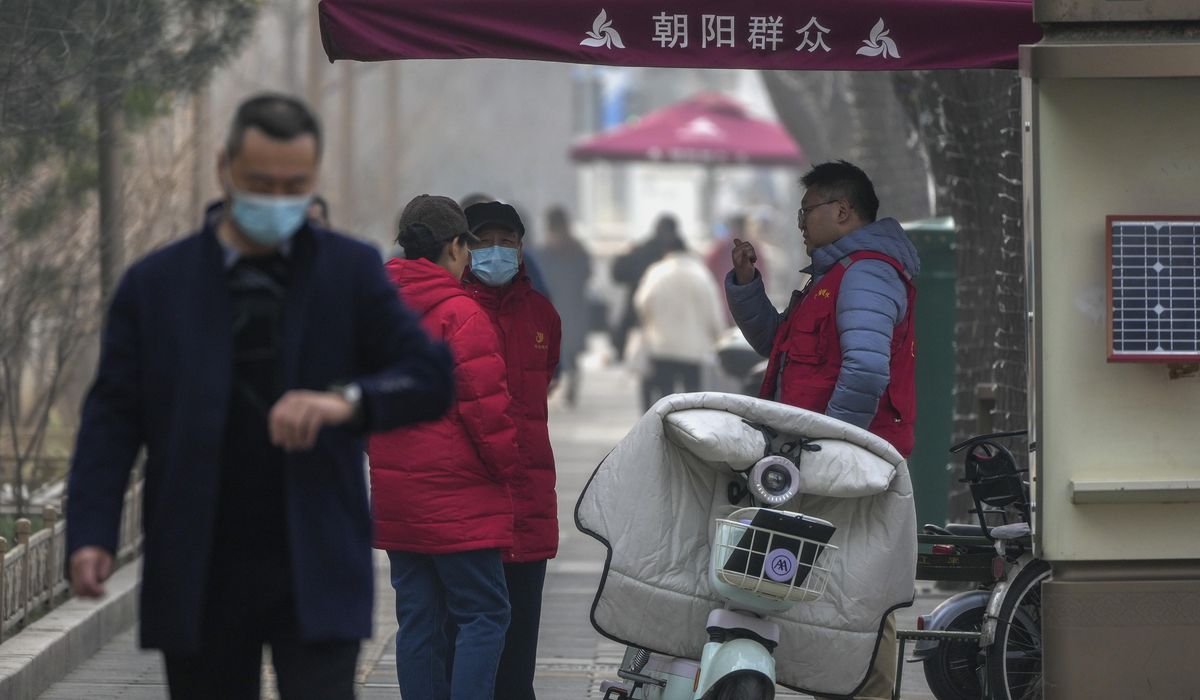


Chinese manufacturers saw a surge in orders in February as importers rushed to beat higher U.S. tariffs imposed by President Trump, while Beijing contemplates retaliatory measures, according to Chinese state media.
Trump’s tariff on Chinese imports is set to increase from 10% to 20% on Tuesday. He has also eliminated the “de minimis” loophole that previously exempted imports valued under $800 from tariffs — a significant blow to companies relying on direct-to-consumer online sales.
The Global Times, a newspaper affiliated with China’s ruling Communist Party, reported that Beijing is considering both tariff and non-tariff actions in response. When questioned about this report, Foreign Ministry spokesman Lin Jian stated that “China will take all necessary measures to firmly safeguard its legitimate rights and interests.”
An unnamed source cited by the publication suggested that “U.S. agricultural and food products will most likely be listed” among potential targets. This comes despite Chinese Commerce Ministry officials recently indicating that the two nations were in “dialogue” regarding trade matters.
Meanwhile, China’s economy showed some resilience, with the official purchasing managers index rising to 50.2% from January’s 49%, just crossing the 50-point threshold that separates contraction from expansion. The new orders index increased to 51.1.
Analysts attribute this improved industrial activity to government spending and businesses “front-running” to avoid the impending tariff increases. However, economists like Zichun Huang of Capital Economics warn that “growth still looks at risk of slowing this quarter… And that’s before the hit from tariffs is felt in earnest.”
The timing is particularly significant as Chinese leaders gather in Beijing for the annual National People’s Congress, where Premier Li Qiang will present the country’s annual growth target. The final year of President Xi Jinping’s “Made in China 2025” initiative aimed at advancing Chinese industries in high-tech sectors arrives this year, coinciding with the conclusion of China’s 14th five-year plan.
As trade tensions mount, policymakers face the dual challenge of responding to U.S. trade measures while stimulating domestic consumption — a persistent weak point in the state-dominated economy still recovering from pandemic disruptions.
Read more: China eyeing U.S. farm exports for retaliation, report says, as importers rush to beat tariffs
This article is written with the assistance of generative artificial intelligence based solely on Washington Times original reporting and wire services. For more information, please read our AI policy or contact Ann Wog, Managing Editor for Digital, at awog@washingtontimes.com
The Washington Times AI Ethics Newsroom Committee can be reached at aispotlight@washingtontimes.com.
